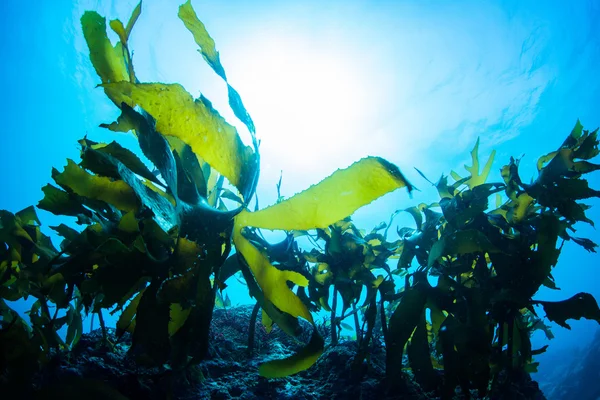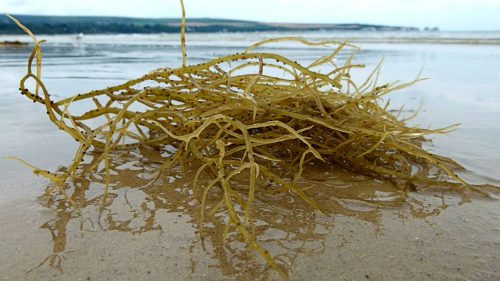Exploring the World of Seaweeds: Their Uses and Ecological Importance

Photo Credit : Divedog/Deposit Photos
Seaweeds, often overlooked, play a crucial role in our ecosystem and have numerous uses that contribute significantly to human life. This article aims to shed light on the world of seaweeds, their uses, and their ecological importance.
What are Seaweeds?
Seaweeds are marine algae that are often found in the shallower parts of our oceans. They come in various shapes, sizes, and colors, typically categorized into three types: green, red, and brown algae. Despite their name, seaweeds are not plants, they belong to a group of plant-like organisms that can photosynthesize.
Uses of Seaweeds
Seaweeds have been utilized by humans for centuries. In the culinary world, they are a staple in many Asian cuisines, providing a unique flavor and a rich source of nutrients. Beyond the kitchen, seaweeds also find use in the production of agar, a gelatinous substance used in laboratories and in making desserts.
In the beauty industry, seaweeds are prized for their rich mineral content and are used in various skincare products. They are also used in agriculture as a natural fertilizer and soil conditioner.
Ecological Importance of Seaweeds
Seaweeds play a vital role in marine ecosystems. They provide food and shelter for a variety of marine species. They also contribute to the oxygen supply, as they produce oxygen through photosynthesis.
Moreover, seaweeds play a significant role in mitigating climate change. They are excellent carbon sinks, absorbing CO2 from the atmosphere, thus helping to reduce greenhouse gas levels.
Types of Seaweeds Found in Indonesian Waters
Several types of seaweed can also be found in Indonesian waters, including:
- Gelidium sp. : This is a species of Rhodophyta (red seaweed). The red color in this seaweed is caused by phycoerythrin pigment. Gelidium sp. is approximately 20 cm long and 1.5 mm wide. Its thallus is red, brown, green-brown, or blonde.
- Gracilaria verrucosa : This is a species of Rhodophyta (red seaweed). Its thallus is thin and cylindrical with irregular branching.
- Eucheuma sp. : There are two types of Eucheuma that are widely cultivated in Indonesia, namely Eucheuma cottonii and Eucheuma spinosum.
The most widely cultivated seaweed for primary food ingredients are Eucheuma cottonii and Gracilaria sp. Eucheuma cottonii is a type of seaweed that produces carrageenan (carrageenophyte), which is widely used in the food industry as a thickener. Meanwhile, Gracilaria sp. is included in the class of red algae (rhodophyta) and is a type of seaweed that produces agar (agarophyte), which is also often used in various food products.
In addition to the two types above, many of us may have eaten nori, or dried seaweed used to wrap sushi. Nori is made from Porphyra, which can also be found in Indonesia. However, this type is hard to find and cultivate, so Indonesia still imports Nori, which is a processed product from Porphyra, from other countries. Nevertheless, the red seaweed Gracilaria gigas, which is widely found in Indonesia, can be used as an alternative raw material for making Nori.
The type of seaweed that is most widely cultivated in Indonesia for pharmaceutical raw materials is Eucheuma cottonii. Eucheuma cottonii is a type of seaweed that produces carrageenan, most of the results of which are used for industrial raw materials, including the pharmaceutical industry.
Conclusion
In conclusion, seaweeds are marine algae that come in various forms and colors, and are categorized into green, red, and brown algae. They have been utilized by humans for centuries, particularly in the culinary world and in the production of agar. Seaweeds also play a vital role in marine ecosystems by providing food and shelter for various marine species and contributing to the oxygen supply. Furthermore, they help mitigate climate change by absorbing CO2 from the atmosphere.

Photo Credit : Jessica Winder

